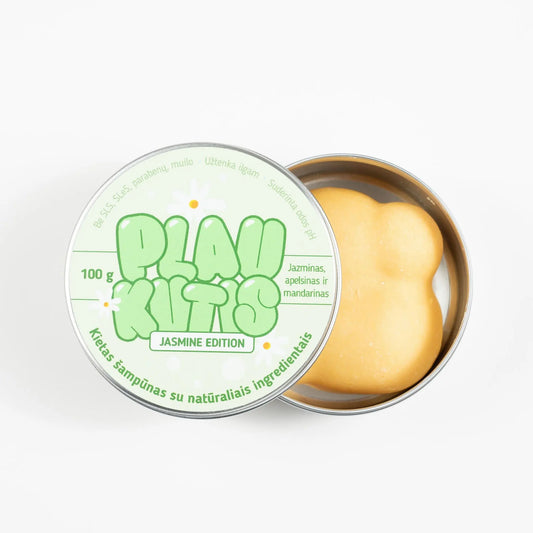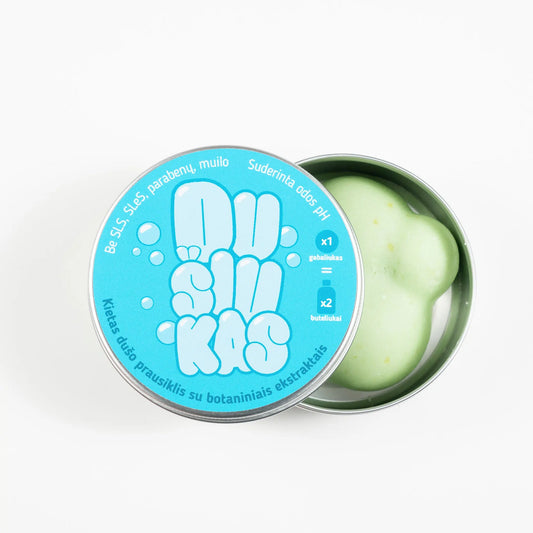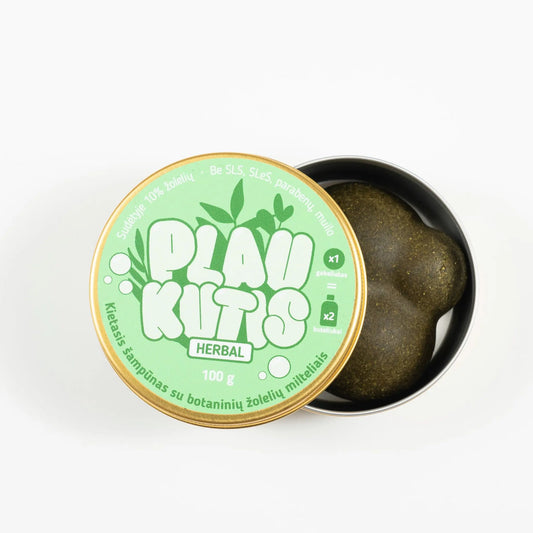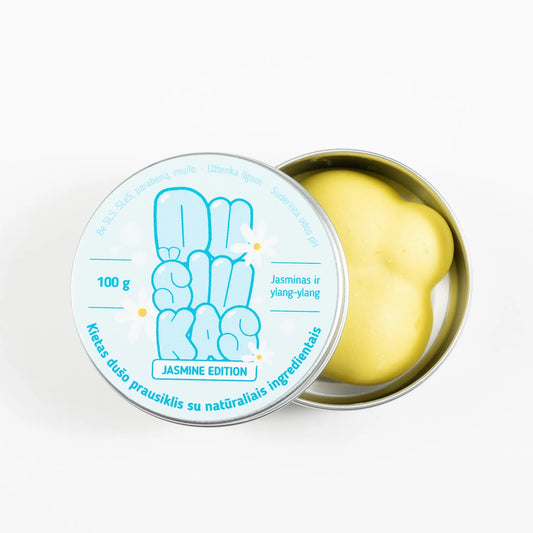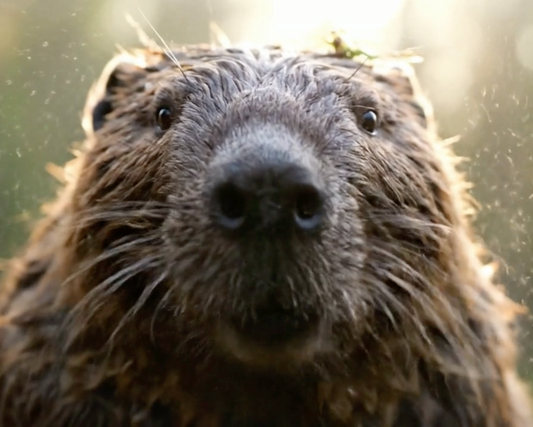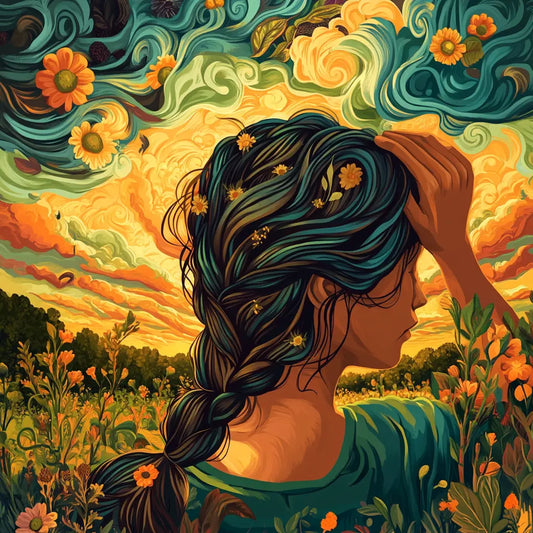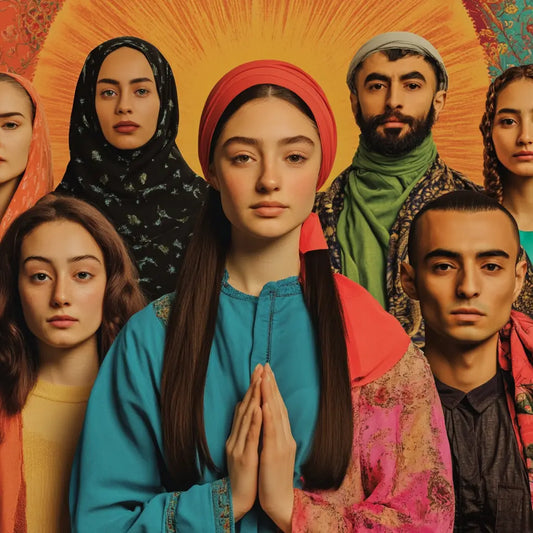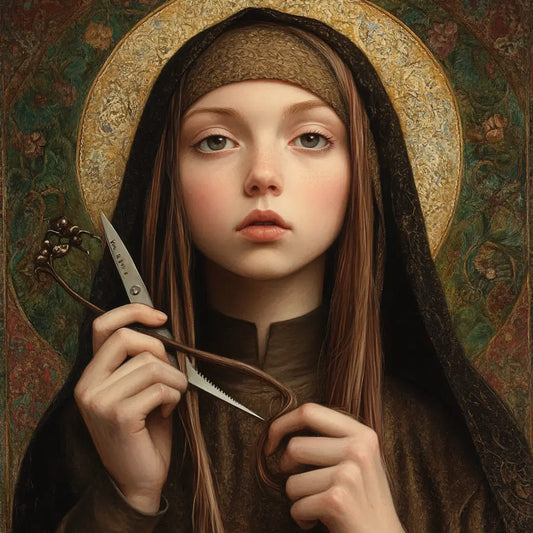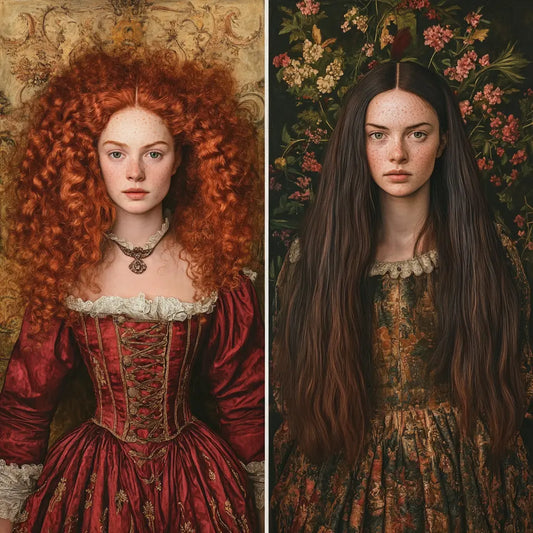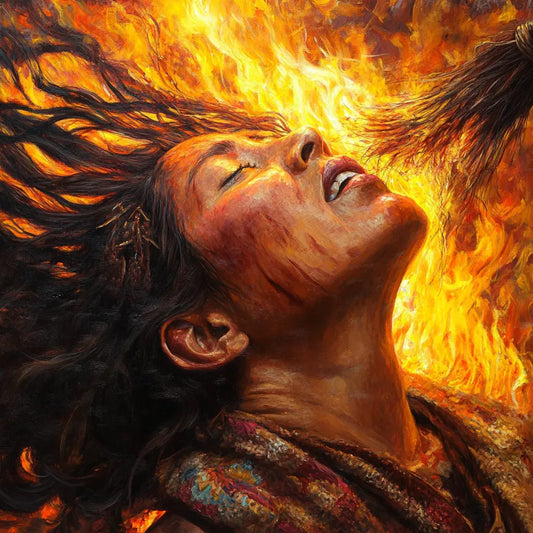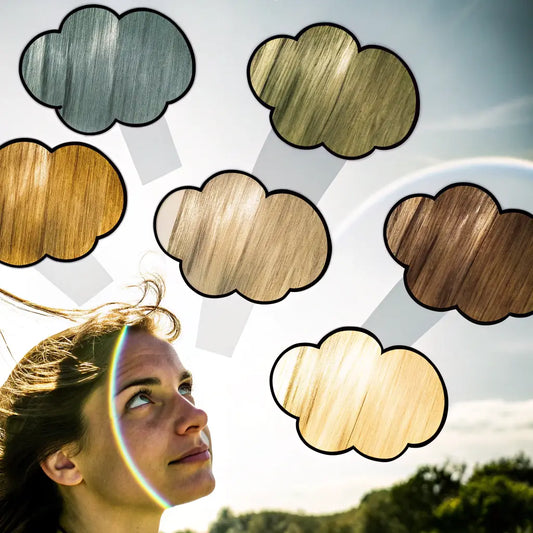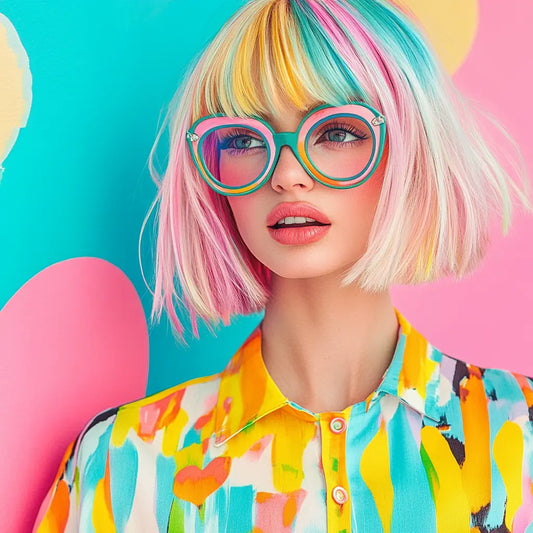Society’s attitudes toward different hair types have shaped our perceptions of what is considered “beautiful.” For centuries, beauty standards have favored certain hair textures, particularly straight hair, while marginalizing others, particularly curly, wavy, and textured hair.
Hair type bias has deep historical roots. From the time of ancient civilizations, when hair indicated social status, to the Eurocentric beauty standards imposed during the colonial period, hair has been a sign of identity and class. Today, we are seeing a shift in attitudes. Hair diversity is increasingly being accepted and celebrated, largely thanks to social movements and the inclusion of the modern beauty industry.
Historical perspective on hair types
Hair in ancient civilizations
In ancient Egypt, Greece, Rome, and Mesopotamia, hair was an important part of social identity. In ancient Egypt, for example, hair was highly symbolic. Egyptians often wore wigs or shaved their heads, and hair care was associated with hygiene and social class. Straight or curly hair, especially with wigs, was associated with nobility and status.
In Greece and Rome, hair type was also associated with class and beauty. In Greek culture, long, wavy hair symbolized youth and beauty, while curly hair was often associated with foreigners or barbarians. Roman women of the upper class would elaborately comb their hair, using tools to create intricate curls, thus emphasizing the importance of hair as a status symbol.
Fun fact : In ancient Mesopotamia, hair was considered a sign of masculinity and femininity. The length and care of hair were essential indicators of a person's status in society.

Hair in the colonial and post-colonial periods
European colonization dramatically changed attitudes towards hair, especially among marginalized communities. Colonizers imposed Eurocentric ideals of beauty that glorified straight hair and lighter skin, encouraging indigenous, African, and Asian communities to conform. Hair became a symbol of control and assimilation. Curly, wavy, and textured hair was seen as “unmanageable” or “inferior,” leading to deep-rooted stereotypes against natural hair.
In African communities, hair held spiritual and cultural significance. It was a means of communication, indicating marital status, age, wealth, and clan. Colonization disrupted these traditions. African slaves, who lost their cultural identity, were forced to cut their hair, and many were pressured to straighten their naturally curly hair to conform to European standards of beauty.
Fun fact : The use of chemical straighteners , first introduced in the early 20th century, allowed African-American women to straighten their hair, emulating Eurocentric ideals. It wasn't until the 1960s that the natural hair movement encouraged the adoption of curls as a form of political resistance.
Beauty trends and hair types of the 20th century
In the 20th century, straight hair became the main standard of beauty. In the 1920s, the flapper bob hairstyle became a symbol of independence and modernity. Hollywood continued to emphasize the glamour of straight hair, especially during the 1950s, when stars such as Marilyn Monroe popularized straight, spiky hairstyles.

Throughout the 20th century, pressure to straighten curly or wavy hair increased. Chemical straighteners and perms became commonplace, fueling societal pressure to conform to these narrow beauty standards. Advertisements heavily promoted hair straightening products, further marginalizing natural hair types.
Fact : By the 1950s, hair straighteners were widely available, and 75% of African-American women were using them by the end of the 20th century, according to research on historical beauty practices.
A modern approach to hair type acceptance
From straightening to curling
A major shift occurred in the 1960s and 1970s , with the growth of the natural hair movement, particularly in the African American community. This movement was a response to the strict beauty standards that marginalized natural hair. Women and men began to embrace their curls as symbols of cultural pride and political resistance. The Afro became an iconic hairstyle during the Civil Rights Movement, symbolizing black power.

The "big chop" and transition journeys also became popular during this time. The big chop refers to the cutting of chemically straightened hair to adopt a natural texture, while transitioning refers to growing natural hair without the use of chemicals. These movements challenged the dominance of straight hair as the only acceptable standard of beauty.
Social media has further accelerated the natural hair movement in the 21st century. Platforms like Instagram and YouTube have allowed people with diverse hair textures to share their experiences, product recommendations, and hairstyle tips. This digital revolution has sparked a broader conversation about hair diversity and empowered people to celebrate their natural hair.
- Fun fact : According to a 2020 survey , 70% of African American women now embrace their natural curls, and searches for natural hair care products have increased 200% in the past decade.
Modern beauty standards and hair diversity
Today, we see hair diversity celebrated in media, fashion, and advertising. Brands are becoming more inclusive, featuring models with a variety of hair types, from tightly coiled afros to loose waves. Celebrities and influencers are playing a major role in promoting natural hair, helping to break the long-standing stigma of textured hair.
Public figures like Lupita Nyong'o , Tracee Ellis Ross , and Alicia Keys have been at the forefront of this movement, boldly showing off their natural hair in Hollywood. These celebrities and many others have challenged traditional beauty standards, encouraging a new generation to embrace their natural beauty.
Brands like SheaMoisture and Curls have also become industry leaders by providing products specifically designed for curly, wavy, and textured hair. The beauty industry is starting to reflect the true diversity of hair textures by offering products tailored to different hair types.
Fun fact : In 2019, the global market for natural hair care products was valued at $8 billion and is expected to grow significantly as more people seek out products tailored to textured hair.
Changing the way you look at hair beauty
A departure from traditional beauty standards
As society’s attitudes toward hair types change, it’s time to challenge outdated beauty standards that have historically favored straight hair. These standards have been ingrained for centuries, but today’s beauty space is shifting toward embracing individuality. By celebrating hair diversity, we can move beyond narrow definitions of beauty and promote a more inclusive approach.

Freedom from societal pressure starts with embracing your unique hair type, whether it's straight, curly, wavy, or kinky. Your hair reflects your identity and cultural heritage, and it deserves to be celebrated in all its forms.
The future of hair beauty
The conversation around hair diversity will continue to evolve as awareness and activism grows. As more brands and public figures promote inclusion, we will see a broader acceptance of hair diversity, not only in media and fashion, but also in professional spaces where certain hair types have long been marginalized.
In the future, we can expect further progress to be made in eliminating hair bias and celebrating the natural beauty of hair across all ethnicities. With increased representation and education, public attitudes towards hair will continue to expand, accepting all hair types as the global standard of beauty.
Myth busting and interesting facts about hair types
-
Myth : Straight hair is easier to maintain than curly hair.
Fact : Every hair type has its own challenges. Straight hair tends to get oily more quickly, while curly hair can suffer from dryness and tangles. -
Myth : Curly hair is not professional in the workplace.
Fact : This outdated view is being challenged by people who boldly wear their natural curls in professional settings. Hair type has nothing to do with professionalism. - Fun fact : Hair grows an average of 0.5 inches per month , regardless of its texture, but its appearance can vary due to curl patterns and the "retraction" effect.
-
Myth : Curly hair can only be straightened using heat.
Fact : There are heat-free methods, such as curlers, braids, and braids, that can stretch curls without damage. - Fun fact : Hair type is largely determined by genetics. You inherit 85-90% of your hair texture from your parents, but environmental factors and hair care routines can affect how your hair behaves.
Practical tips for embracing your natural hair type
- Focus on hydration : Curly and kinky hair needs deep hydration, while for straight or fine hair, light hydration is important to prevent it from becoming weighed down.
- Invest in the right products : Choose hair care products that are specifically designed for your hair type, such as anti-frizz serums for humid climates or deep conditioners for dry regions.
- Protect your hair : Use protective hairstyles like braids or twisted updos to minimize damage, especially for textured hair that is prone to breakage.
- Love the uniqueness of your hair : Every hair type has its own strengths. Straight hair can be flat, but curls add volume and personality. Embrace what makes your hair special.
- Avoid excess heat : Excessive heat can cause long-term damage to all hair types. Try heat-free styling methods to maintain healthy hair.
Frequently asked questions about public attitudes towards hair types
-
How has the attitude towards natural hair changed over time?
In recent years, attitudes have shifted from marginalizing natural textures to celebrating them, thanks to cultural movements and increasing representation. -
Is it true that straight hair is easier to style?
Not necessarily. While straight hair is easier to straighten, curly hair offers a multitude of styling options. -
Why were Eurocentric beauty standards so dominant?
Colonization introduced Eurocentric ideals that favored lighter skin and straight hair, leading to the long-term marginalization of textured hair. -
Are brands becoming more inclusive in their hair care products?
Yes, more and more brands are offering products specifically designed for different hair types, from curly to wavy textures, catering to a wider range of hair care needs. -
Will public attitudes towards hair diversity continue to improve?
Yes. With increasing awareness, representation, and activism, it is expected that public attitudes towards hair diversity will continue to evolve towards inclusion.
Conclusion
Society’s view of hair types has shifted throughout history from rigid beauty standards to a broader acceptance of diversity. While straight hair was once idealized, the natural hair movement has redefined what it means to have beautiful hair. Today, we’re seeing greater acceptance of all hair types, and the beauty industry is starting to reflect this shift. By embracing our natural texture and rejecting outdated norms, we can shape the future of beauty. Let’s celebrate the unique beauty of every strand.
